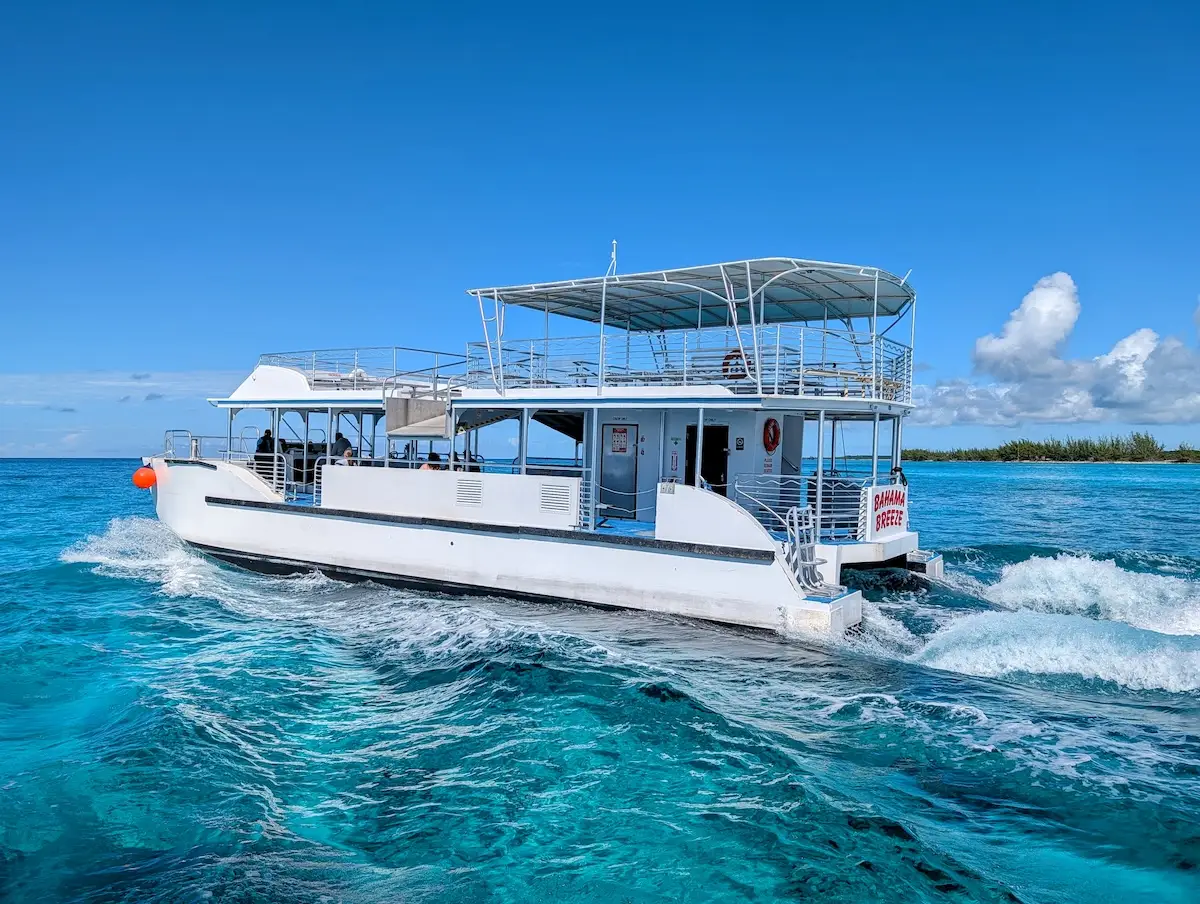Going on a cruise requires thorough prep. You book a cabin with the perfect view. You plan an itinerary. You map out every excursion offshore. It’s the ultimate escape. Might as well prepare for it well.
But the sea isn’t all cocktails and calm waves. People slip on wet decks. Storms can make ships rock harder than expected. Kids get seasick. Emergencies can happen. You can’t predict every hiccup. But you can prepare for them. Here’s how to be ready for unexpected accidents aboard a cruise ship.
Learn the Ship’s Safety Basics
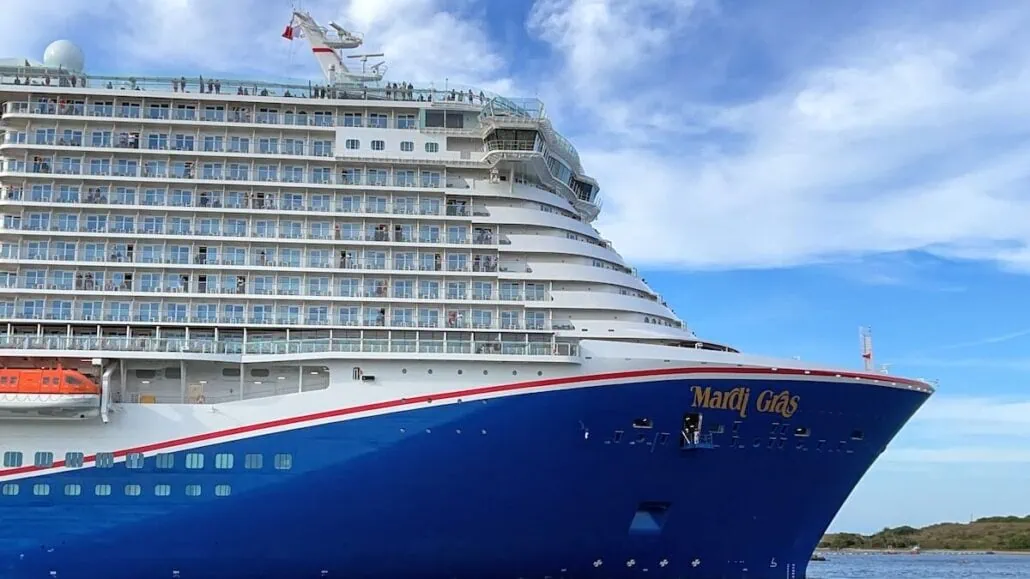
Yes, accidents can happen during a cruise. But don’t worry. Cruise ships are built to be safe. Knowing the basics helps you handle them smoothly. Where are the life jackets? What’s the route to the clinic? How do the alarms sound? These are questions you don’t want to figure out in panic.
Take time on embarkation day to read the safety instructions. Attend the mandatory drill. Ask crew members if something isn’t clear. Pay attention to areas that can get slippery. Those include stairwells and deck rails. Take note of where the ship’s medical center is.
Understanding these basics gives you confidence if the unexpected strikes. You’ll move calmly. You’ll know what to do when it matters.
Pack a First Aid Kit

Even on a ship, small injuries happen. A scraped knee. A sudden headache that won’t stop. Don’t let these ruin your trip. That’s why it’s smart to build a first aid kit for your cabin.
Include essentials like bandages and antiseptic wipes. Include pain meds. Motion sickness tablets, too. Keep the kit in a spot that’s easy to grab. Having it ready saves time.
A first aid kit keeps minor accidents from becoming serious medical issues. It also gives you peace of mind while taking part in activities on board.
Research Shore Excursions in Advance
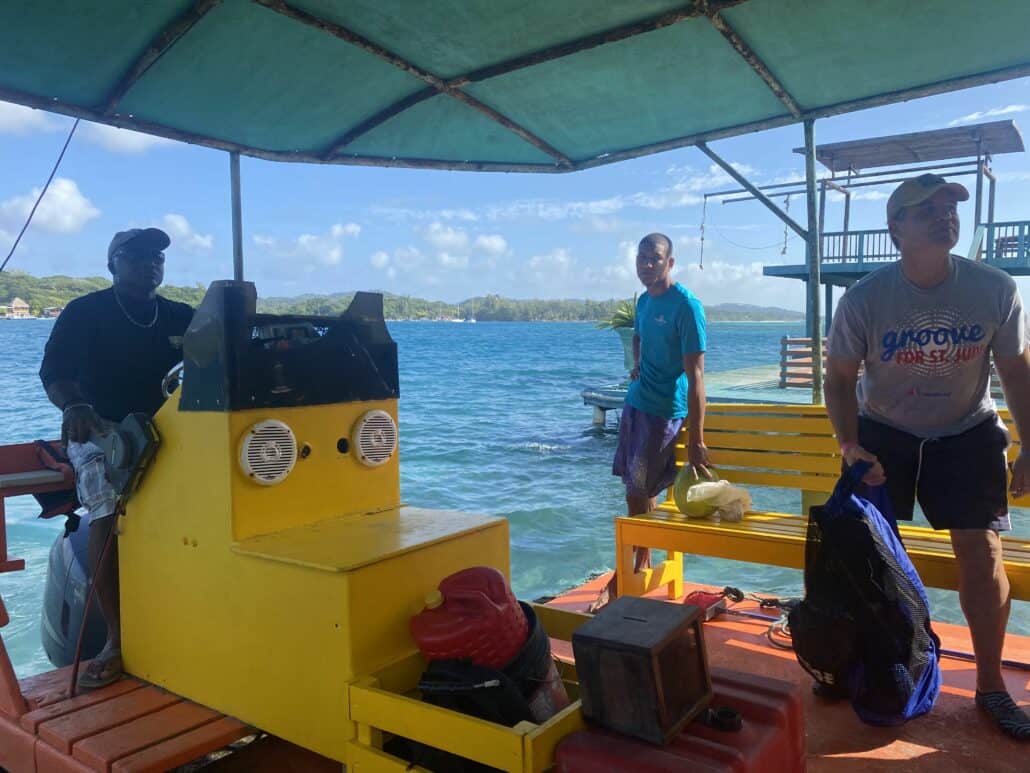
Excursions at ports are exciting. But they can also be risky. Especially if you go in blind. Crowds can be overwhelming. Slippery rocks can cause falls. Strong currents can turn a dreamy day into a traumatic one. You don’t want surprises like that far from the ship.
So, research each activity you plan to do at the shore. Look at reviews. Read tour descriptions carefully before booking. Note any warnings about physical challenges. Choose activities that suit your skill level. Know your path back to the ship. That way, you enjoy the experience fully and avoid emergencies far from help.
Brush Up on Basic Swimming
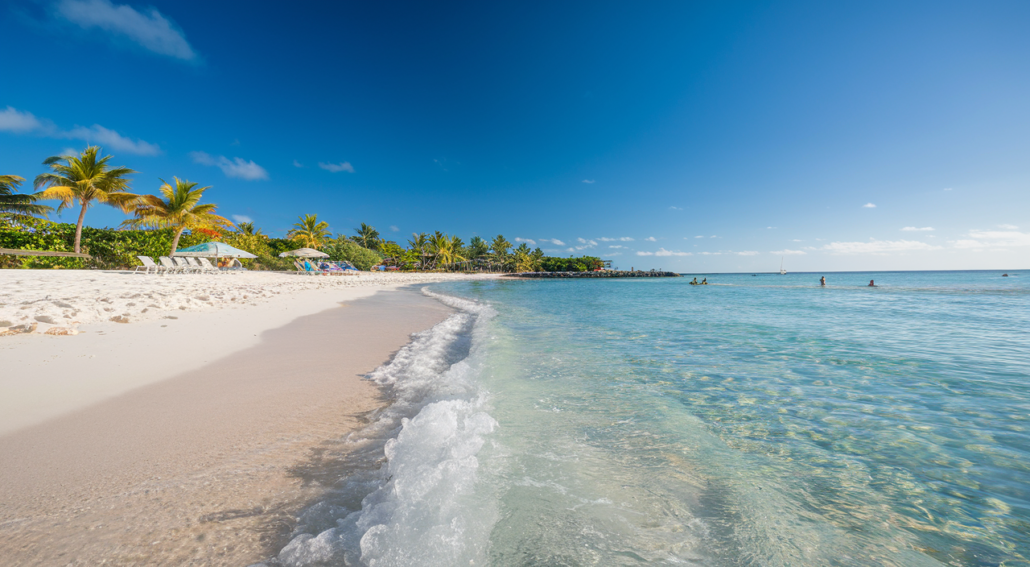
Drowning in the open sea is one of the most common cruise-related fears. And it’s pretty valid. The ocean looks endless. The ship feels far from shore. Even confident swimmers can feel uneasy.
To protect yourself from emergencies in the water, brush up on basic swimming skills. If you never learned, now’s the time. Learn how to swim. Yes, even as an adult. Take lessons. Practice in a pool. Master survival skills. Float calmly.
Feeling confident in water helps you react quickly in emergencies. You’ll enjoy water activities with less stress. You’ll stay safe no matter where your adventure takes you.
Limit Alcohol During Water Activities
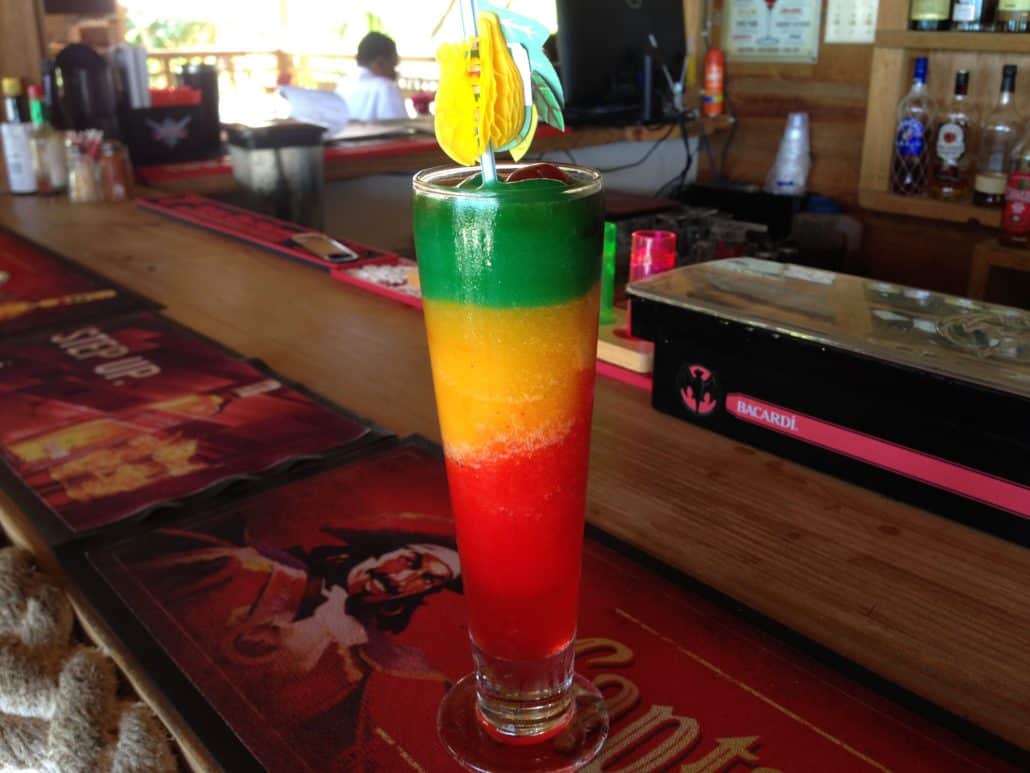
Drinks are part of the fun of being on a cruise. But alcohol can slow your reactions. It increases the risk of slips. Accidents near water can escalate fast.
If you’re planning on doing water sports, skip the alcohol. Not a sip before parasailing or water skiing. Save stronger drinks for the deck. Or after the sun sets. Staying sober helps you think clearly. You’ll stay mindful. You’ll spot hazards sooner. You’ll react faster if something goes wrong.
Plan a Communication Strategy within Your Group
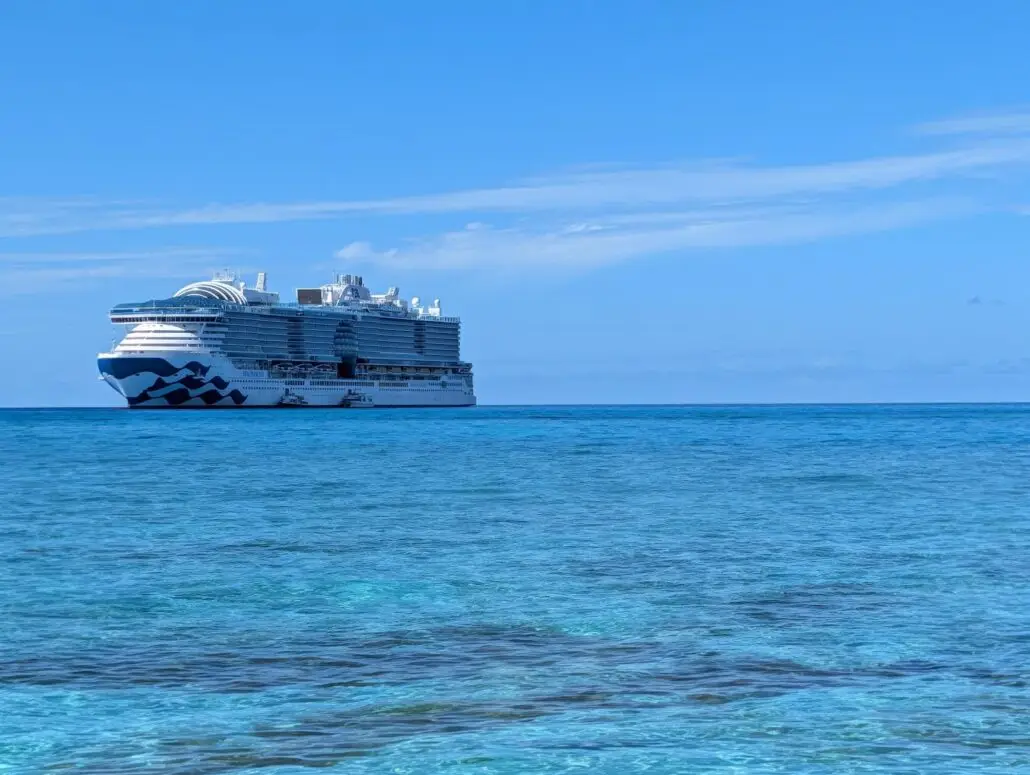
Phones aren’t always reliable at sea. Wi-Fi can be weak. Emergencies feel worse if you can’t reach anyone. Missing messages adds panic. Not knowing where someone else makes it worse.
Talk to the group you’re traveling with. Decide ahead of time how you’ll stay in touch in emergencies. Pick meeting points in case anyone gets separated. Share cabin numbers, too.
Make sure everyone understands the plan. Being prepared keeps everyone calmer. You’ll all feel secure knowing everybody knows what to do in an emergency.
Be Aware of Your Legal Protections
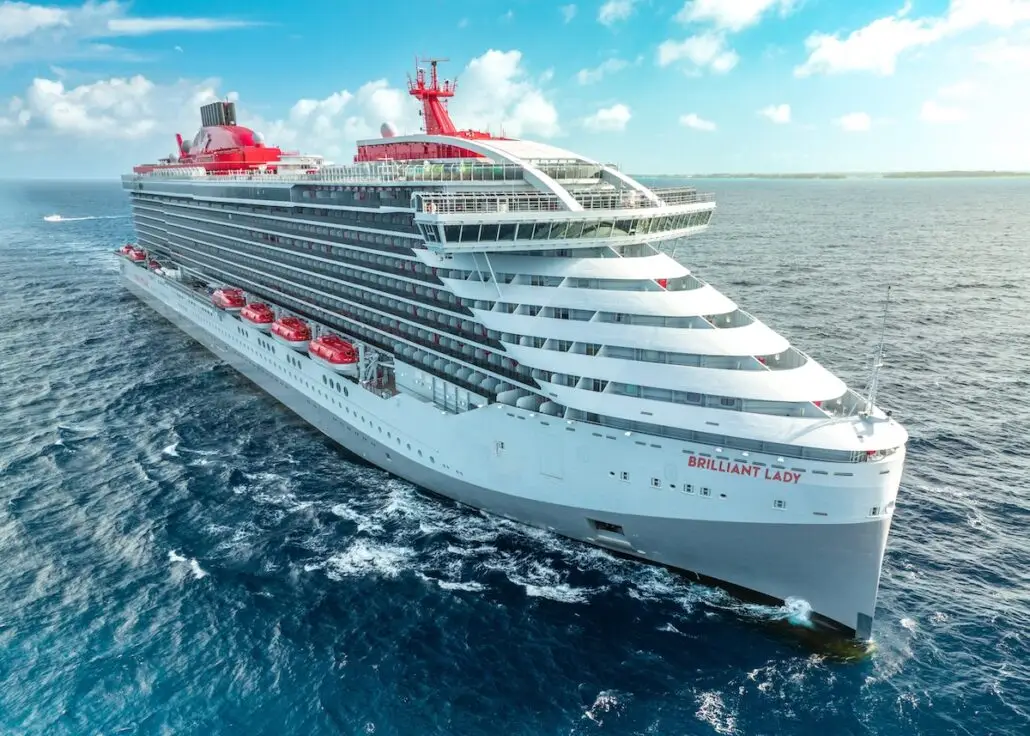
Some injuries on a cruise are caused by negligence. Wet, unmarked decks can cause slips. Poorly secured railings can lead to falls.
Take notes if an incident occurs. Snap photos. Collect witness info. Learn the cruise line policies. Understand maritime law, too. If things go wrong during an excursion, you may need to file a boating injury case. Talk to a lawyer. They’ll guide you on pursuing a claim. Being informed means you can act quickly. Knowing your rights isn’t paranoia. It’s preparation for the worst.
Conclusion
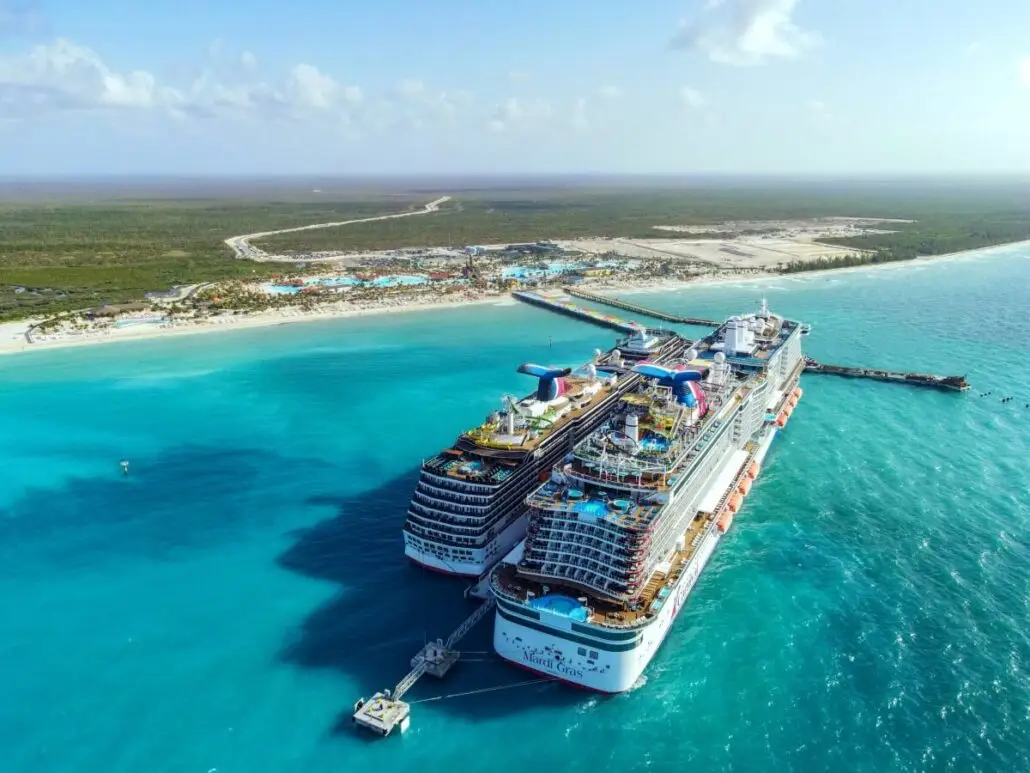
Cruise prep isn’t just about packing or planning activities. It’s about thinking ahead in case of accidents. Slips can happen. Seasickness can take over some days. Be ready for any of it. Know the ship’s safety basics. Have a first aid kit in your cabin. Be careful when you know you’re vulnerable to accidents. These steps above help you avoid accidents.
Being proactive goes a long way. Especially on a cruise ship. You stay calm if something goes wrong. You act fast. A little extra prep today means a safer, smoother voyage for you and your companions.





